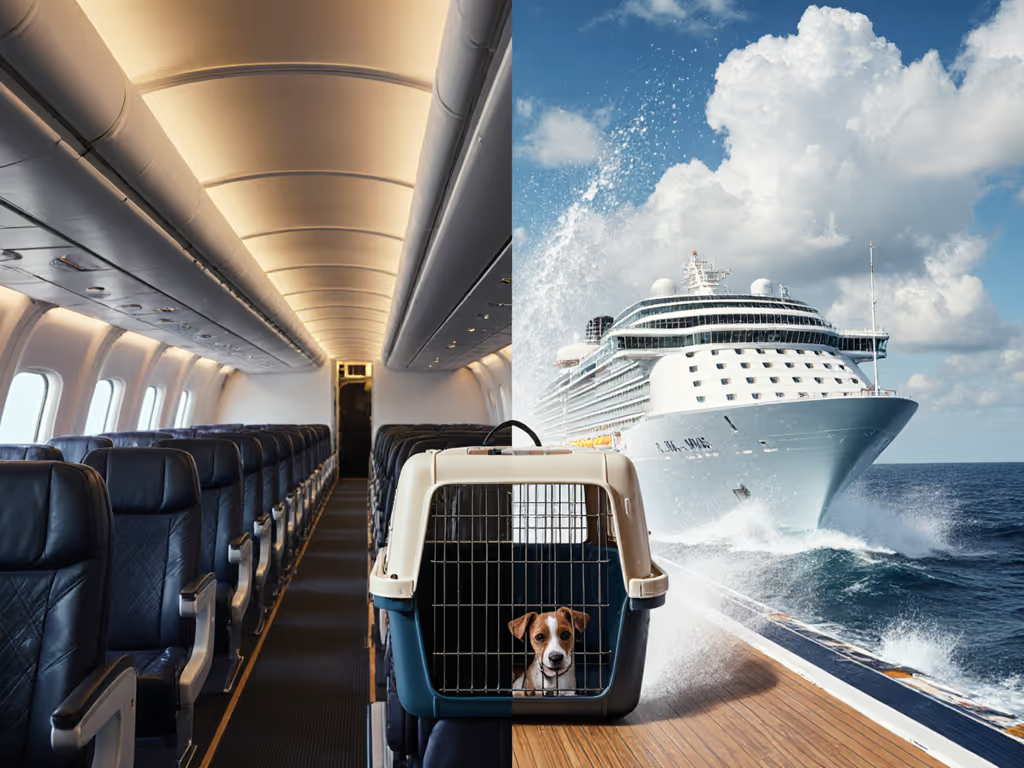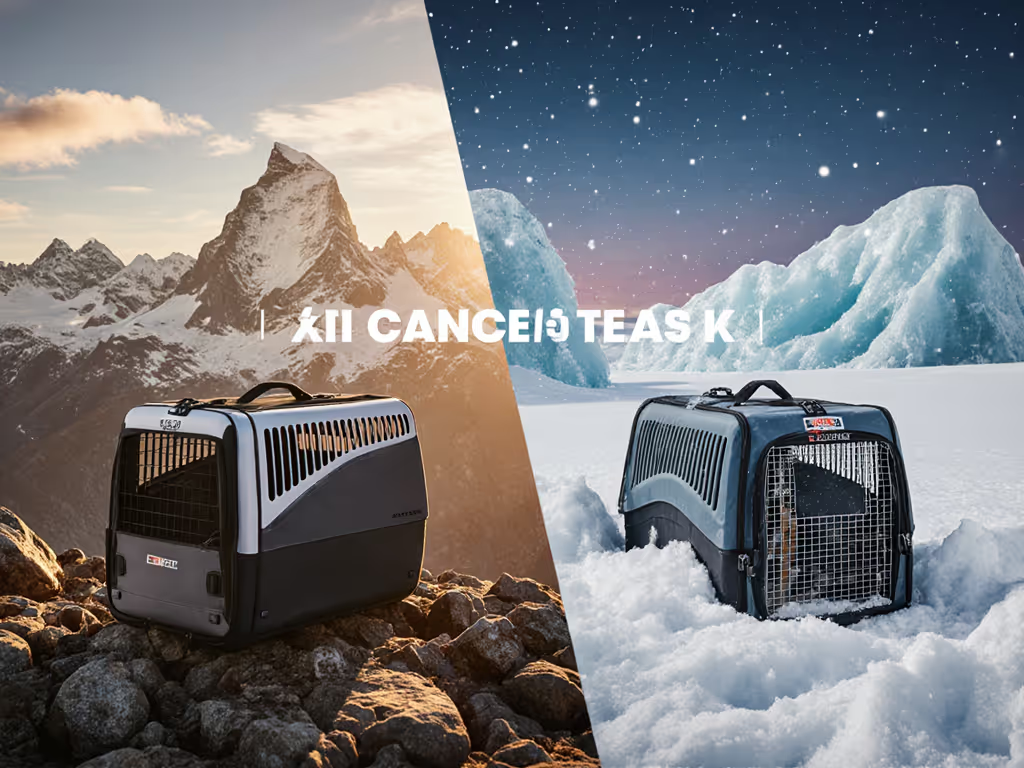
Errand-Ready Pet Carriers: Short Trip Showdown

Forget marathon flights (your biggest carrier challenge might be the vet run, grocery dash, or cafe hop). That's where a well-chosen portable pet carrier becomes your secret weapon for stress-free outings. As a behavior coach who's seen panicked pets thrash in ill-fitting crates, I know true readiness isn't just about airline compliance. It's whether your travel pet carrier transforms from a trigger into a sanctuary before you even step out the door. Calm begins long before you zip the door.
Why Your Errand Carrier Needs a Different Mindset
Urban errands create unique stressors: sudden taxi brakes, crowded sidewalks, and impatient baristas. If taxis or ride-shares are part of your routine, use our ride-share compliant pet carriers guide. Unlike airport travel with set protocols, these trips demand carriers that prevent escalation of anxiety, not just containment. Most guardians focus solely on dimensions ("Will it fit under the seat?") but overlook the real question: "Will my pet settle within 90 seconds of entry?"
Calm begins long before you zip the door. Your carrier's job isn't to hold a struggling pet (it's to prevent the struggle).
I learned this watching a shepherd mix collapse at the sight of a soft carrier. We didn't force her inside. Instead, we detached the base and built micro-sessions around dinner, starting with the carrier three feet away. Within weeks, she walked into it willingly, settling behind a privacy panel. The same gear that once triggered panic became her predictable den. This is why I prioritize temperament-matched carriers over maximum volume in every recommendation. For a step-by-step plan, see our guide on introducing your pet to a carrier.
Step 1: Measure Your Pet's Anxiety, Not Just Their Body
Forget standard size charts. A nervous cat won't curl neatly; they'll brace against walls, stretching longer than their sleeping length. An anxious dog may pant heavily, needing more airflow than a calm pet of identical weight. Before researching carriers, document:
- Posture shifts: Film your pet in a similar-sized box. Do they stand tense? Press against mesh?
- Sensory triggers: Does crinkling noise make them flinch? Is bright light agitating?
- Recovery window: How long after stress (e.g., doorbell) do they need to reset?
Actionable metric: During your next calm moment, time how long it takes your pet to settle after entering their current carrier. Over 2 minutes? You need a carrier with built-in de-escalation features.
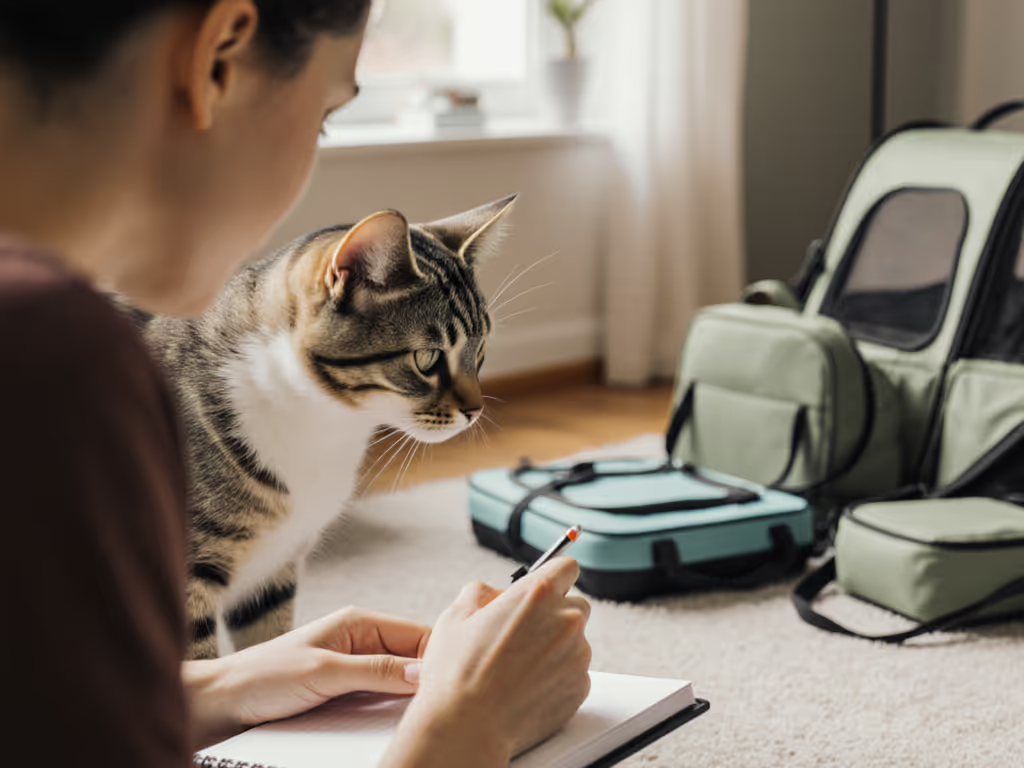
Step 2: Match Carrier Features to Your Pet's Stress Signals
Based on common pain points I've solved for guardians, here's how to decode specs through a behavior lens:
✨ For Escape Artists & Pacing Pets
Look for dual-door access that enables top-loading. Pets who feel trapped will push against side doors. A top-loading hard carrier like the Petmate Two-Door Kennel (with secure steel doors) lets you lower pets in gently, without forcing them through a tunnel. Its stay-dry moat also prevents panic from damp bedding during car trips.

Petmate Two-Door Plastic Pet Kennel (24", Blue)
Behavior win: The top entry mimics denning behavior. No cornering = less fight response. I've seen guardians halve load times using this for vet visits after failed soft-carrier attempts.
✨ For Noise-Sensitive or Overheating Pets
Prioritize breathable, quiet hardware. Avoid carriers with loud zippers or Velcro near resting zones. The Midwest Spree's cage-style door provides 360° airflow, but check customer reports: some note doors disengaging during transit. Critical fix: Add a silent seatbelt tether ($8) through the wire mesh before errands. It prevents jostling-induced panic while maintaining airflow. For full in-car safety setup, follow our crash-tested pet carriers safety checklist.
✨ For Anxiety-Driven Scratching
Choose chew-resistant mesh with no exposed threads. Soft carriers like the Sleepypod Air (tested in Business Insider) feature double-layered mesh that resists claw snags, reducing the frantic scratching that overheats pets. Note: Its optional privacy panel creates instant den-like darkness, halving arousal spikes in my acclimation protocols.
Step 3: The 72-Hour Pre-Errand Acclimation Protocol
Buying a carrier the night before a vet trip guarantees disaster. Need quick wins? Try these essential pet carrier accessories for calm, clean, safer errands. Follow this graduated exposure timeline:
| Timeline | Guardian Action | Pet Goal | Measurement |
|---|---|---|---|
| Day 1 | Place carrier open in living area with favorite blanket inside | Investigate voluntarily | 5+ sniffs = success |
| Day 2 | Toss high-value treats through the door opening | Walk through carrier | 3 full passes = success |
| Day 3 | Close door for 10 seconds during treat sessions | Rest while enclosed | 30-sec stillness = success |
Key script: Let's practice our calm ride!
Related Articles

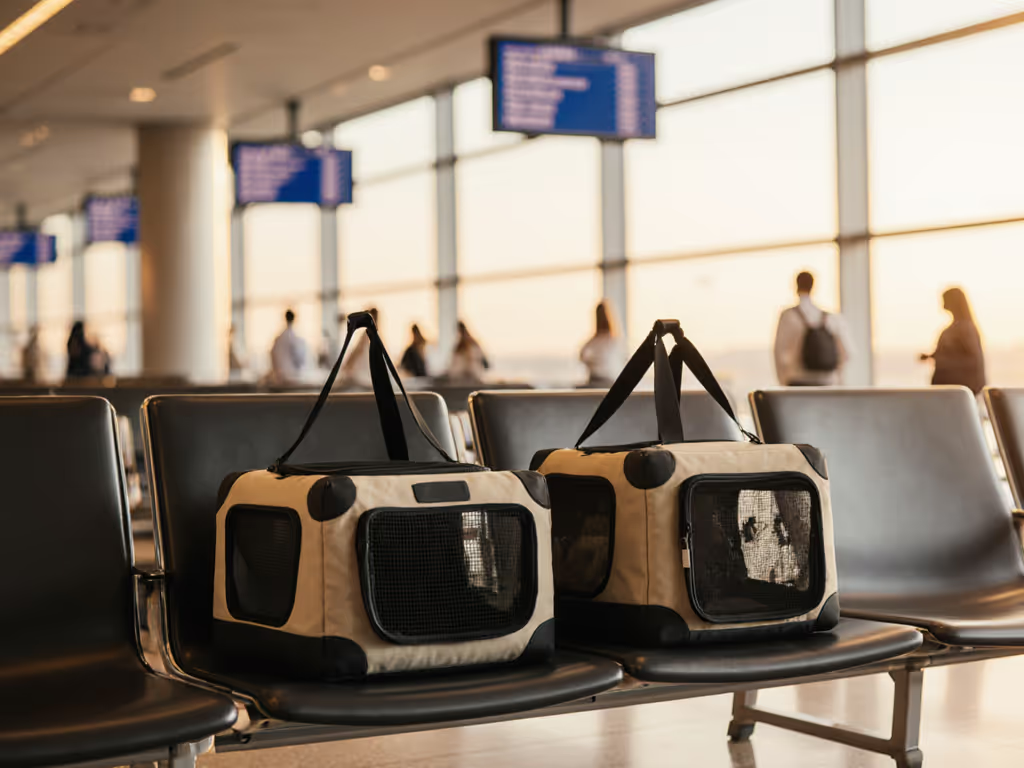
Best Space-Efficient Multi-Cat Carriers: Verified Fit

Travel Pet Carriers Compared: Taxi vs Relocation
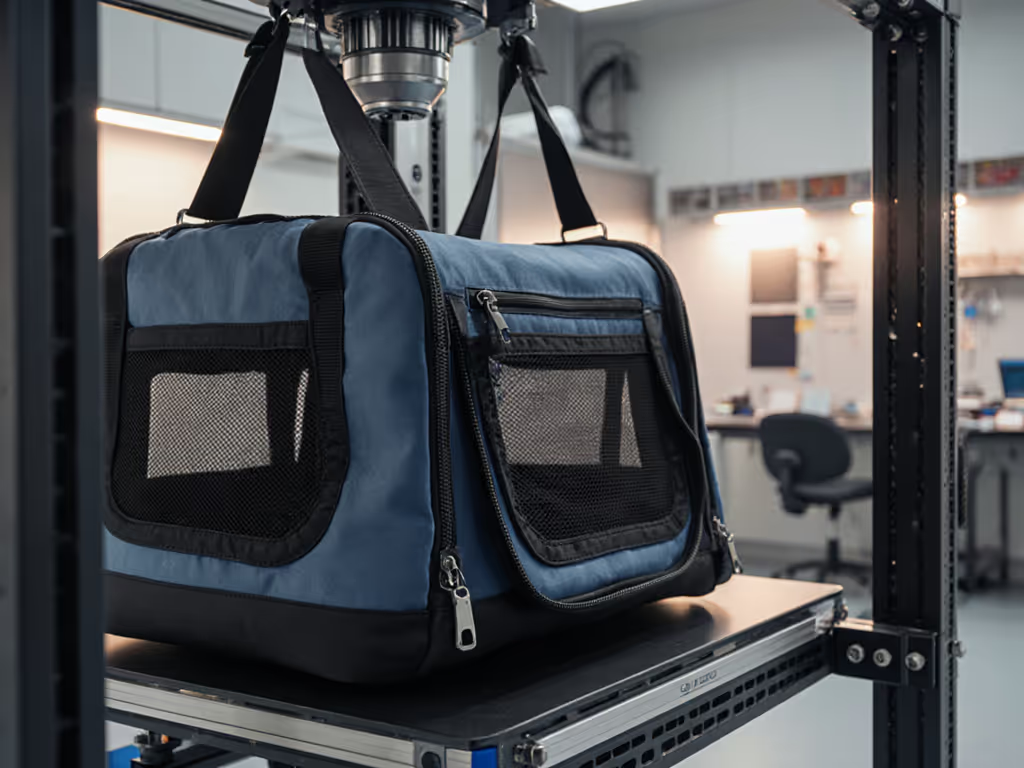
Pet Carrier Material Science: Survive Transit Stress Tests
